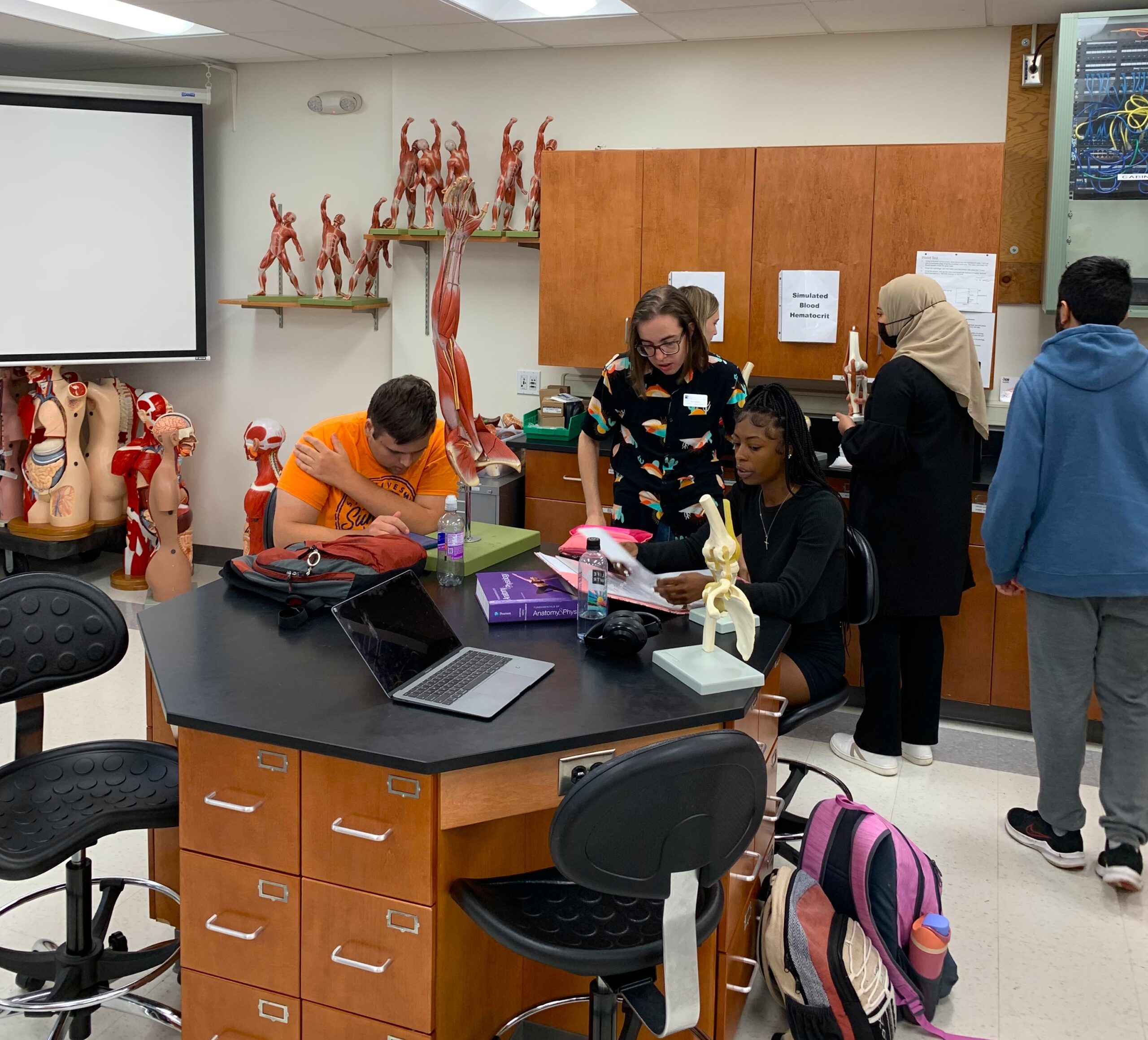For Nowacki and Christman the earthquake in Haiti quickly became a close-to-home disaster.

Emily Hertlein
– Staff Writer –
On Jan. 12, Kelly Nowacki and Mary Christman, physical therapists and professors at STLCC-Meramec learned of a catastrophic earthquake that hit the country of Haiti at approximately 4:53 p.m.
Nowacki and Christman have travelled on multiple occasions to Haiti the past five years helping teach Haitians the skills used by physical therapists in hopes that they will be able to continue the efforts of rehabilitation for fellow citizens. Both Nowacki and Christman work with Health Volunteers Overseas, an organization that Nowacki says has allowed her to gain a relationship with Haiti and help many people there. For Nowacki and Christman the earthquake in Haiti quickly became a close-to-home disaster.
“I have been [to Haiti] five times. I’ve been there with relief efforts after natural disasters before. This is by far the worst,” said Nowacki.
Nowacki says she has volunteered nearly 25 years with various organizations. The program in Haiti began at a rehab facility known as Healing Hands, nearly three hours from Port Au Prince, Haiti’s capitol. This building has been demolished by the earthquake, destroying many medical supplies and equipment that had been brought to Haiti over the years, while also taking the lives of many people with which Nowacki and Christman had built close relationships.
Hospital Albert Schweitzer (HAS), is another organization Nowacki and Christman work closely with and has recently been reported by ABC news to having 500 patients in an 80 bed facility.
“Normally we take wheel chairs, crutches and any equipment needed. Our service is teaching but we also take equipment when we go,” said Nowacki.
With accounts being reported daily of people found under the ruble, HAS resources are being used excessively.
“I think the best thing for anyone to do right now is give money, five or 10 dollars is not bad for a donation. Anything will help,” Nowacki said.
HAS funding helps pay housing and salary for those working in the hospitals, Nowacki said. When not enough funding is raised people are given the option to not work or work without pay.
Prior to the earthquake Haiti, was already filled with so much poverty, causing hospitals, needing the assistants, and help of trained doctors, physical therapists, nurses and more, to turn away these individuals.
“These same people have chosen to help those in need by working for free until their position can become a permanent and stable job,” said Nowacki.
Http://www.paper-clip.com contains a complete guide for students and faculty at college campuses wanting to help in the Haiti relief. One suggestion to jumpstart a campus relief project is to “unify and focus campus efforts.”
Meramec students and faculty can unify and focus its efforts by considering the people already involved in a relief effort on campus.
Nowacki and Christman said they have connections with people in Haiti and organizations that have begun raising money to help those in need. So far efforts have trained a total of 79 Haitian technicians.
“We believe their assistance in rehabilitating the thousands of people affected will be great,” said Christman. This assistance is limited to funding and accessibility. Nowacki said, “We need to continue with our efforts; these efforts are going to be needed even more now.”











